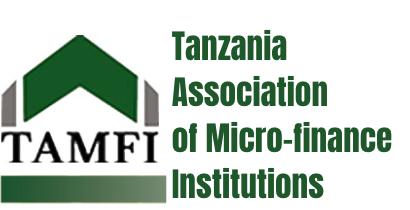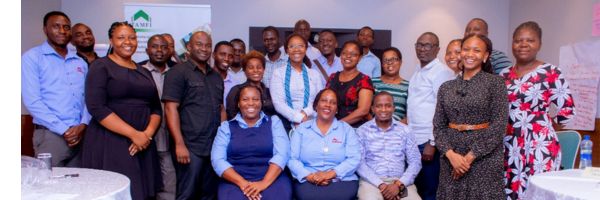By Deodat Bernard

Energy has become a game changer in transforming lives and the economy in Tanzania. There are various sources of energy that are used in Tanzania, including hydro-energy, geothermal, natural gas, coal, solar and other emerging sources such as uranium. According to the Ministry of Energy, Tanzania has installed capacity of 1,872.05 MW in the national grid by May 2023, up by 10.5% from 1,694.55MW recorded in the 2021/22 financial year and the Government has undergone efforts to structural and policy reforms to ensure adequacy and efficiency of energy in the economy. With a growing population of more than 61 million people (Census, 2022) that is estimated (by World population review) to reach 81.9 million people by 2030 and the demand for energy is expected to increase that may lead to depletion of natural resources. The International Energy Agency (IEA) reports that it is the ambition of the Government to enable electricity access to more than 70% of the Tanzanian population by 2030.
Renewable energy is at the centre of a control mechanism to absorb the expected high demand of energy. Therefore, Tanzania Association of Microfinance Institutions (TAMFI); a membership-based umbrella association with more than 170 members across the country, is promoting the adoption of solar and clean energy to support the country’s renewable energy drive. This is achieved through awareness creation, capacity building and facilitating partnership between the member financial institutions and renewable energy companies and other key stakeholders.
In August 2023, TAMFI had an opportunity to meet and greet Mr. Rasul Mshana, a farmer in Mgagao village (approximately 30 Kilometres from SAME town), in Mwanga district in Kilimanjaro region accessing a renewable energy loan of TZS 31 Million from SAMEKAYA SACCOS and invested on the establishment of solar powered water well construction. Being a farmer, he is aiming at expanding an agriculture business through irrigation of horticulture crops such as green vegetables, tomatoes and green maize.
Rasul is among the large farmers who own more than 200 acres of land in the area. Rasul opted for solar pump installation as an alternative to a generator. The high costs of diesel powered generators did not make a business case at all. In a single day, he was burning more than 50 litres of diesel (approximately TZS 3200 per litre) to get only a half full of a 200,000 litres water well. In addition, the price of diesel was escalating constantly.
Rasul applied for a loan from SAMEKAYA and installed a Dayliff solar water pump with capacity of 7.5HP which is able to pump up to 11,000 litres and takes only an hour to fill the Rasul’s well of about 200,000 litres. The pump is powered by 17 solar panels, professionally installed by the Engineers from the technology supplier. Each panel produces 550W a day.
Interestingly, with the extracted water, even before starting the irrigation farming operations, he resorted to a solution of the normal drought season of the year in Mwanga area. He established a livestock’s drinking trough in his farm to rescue livestock from dying or otherwise migrating to far distance for survival. He has built the water trough which provides drinking water to neighbouring livestock. On this new extension business to livestock he is getting an average of TZS 80,000 a day that is used to make repayments of the loan acquired from Samekaya Saccos. The trough has had an instant impact in the lives of the communities in Mwanga district especially for livestock keepers. To them, accessing water within reach, is like an oasis for them. It is widely known that a livestock owner would do everything to get water for their animals.
Apart from Same kaya Saccos, there are other Financial institutions, who are members of TAMFI who have started disbursing renewable energy loans in their portfolio to support their clients establishing or expanding businesses that are profitable and creating impact in the community.
More stories about Renewable Energy financing will appear in the next Newsletters. Stay tuned!


Its great.
you are doing very excellent to bring this news which creates learning platform